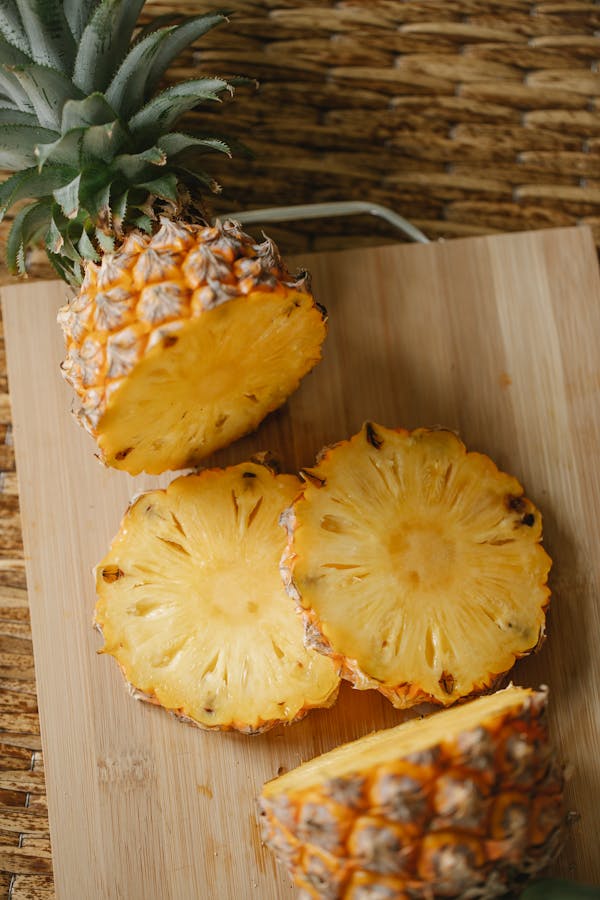Many Australians are embracing a sustainable lifestyle, growing their own vegetables and keeping chickens. They are also seeking out products that claim to be better for the planet, such as organic and natural foods.
Edible native flora, known as bushfoods, may provide new industry opportunities for Australia’s indigenous communities. However, further investigations are needed to determine their suitability for natural food flavours and colours. Check out Founder lawsuit for more information.
Vegemite
Vegemite is a dark brown, nutrient-rich spread made from extract of yeast and vegetables. It is a popular snack in Australia and is also enjoyed by expats living overseas. It is rich in B vitamins, including Folate, Riboflavin, and Thiamine, and it has a distinctive, strong taste.
This spread is made from leftover brewer’s yeast, salt, vegetable extract, and malt extract from barley. It contains no artificial colours or flavours and is fortified with B vitamins. It is high in sodium (one teaspoon has 5 % of the daily recommended value) and should be avoided by those on low-sodium diets or at risk of heart disease.

It is available in a variety of sizes, including 150-gram jars. Vegemite can be stored in the pantry for up to one year. It is also available in a Gluten Free and Monash University Low FODMAP CertifiedTM variant.
Anzac biscuits
The Anzac biscuit is a sweet treat that represents the spirit of mateship and sacrifice for Australians and New Zealanders. It is traditionally a chewy, golden biscuit with oats, desiccated coconut and golden syrup, but it can also be crunchy. It is a favourite of many people, and it is often the first recipe that Aussies and Kiwi kids learn to bake.
The Anzac biscuit is a great snack or dessert, and it can be enjoyed with tea or coffee. It is also a good way to raise funds for veterans and their families. It can be made using ingredients that are readily available in a pantry, and it can be baked to suit dietary restrictions. Baking Anzac biscuits can also help students to develop their math skills by adjusting the baking recipe for different batch sizes.
Emu
Emu is a large flightless bird that is native to Australia. It is similar in appearance to the ostrich, but much smaller. It is a popular meat substitute for those looking to reduce their meat intake. It is high in protein and low in fat and cholesterol. It can be found in a variety of products, including meat, jerky and emu oil.
Emu oil is a natural anti-inflammatory that can be applied topically or orally. It can also be used to treat a wide range of skin conditions, including eczema and burns. It is made from the back fat of the emu, which is rendered and filtered like lard to produce a clear, bright yellow oil.
In addition to containing omega-3, omega-6 and omega-9 fatty acids, emu oil contains a number of other beneficial ingredients. It is also known to have antioxidant properties.
Damper
The perfect quick bread to take camping, this classic Australian damper recipe is easy to make and works great with a range of different toppings. It is traditionally cooked on the coals of a campfire but it is just as easy to bake in your oven at home.
Damper is a wheat-based bread that was made by early European settlers in Australia. It was a staple food for drovers and stockmen who would travel into remote areas and sleep in swags, so they needed foods that were filling but easy to cook. It was often eaten with dried meat or golden syrup.
Traditionally, the dough was cooked directly on the coals of an open fire but it can also be baked in a dutch oven or camp oven. The basic recipe is simple but swapping out the salt for sugar makes a sweeter damper that can be served with a range of sweet toppings.
Quandong
Quandong is a native Australian plant that produces deliciously sweet and nutritious fruit. It is a vital food source for Indigenous Australians and it features prominently in Aboriginal mythology across desert regions. The fruit is often dried and preserved for long-term storage. It contains twice the amount of Vitamin C as an orange and is high in antioxidants.
The Quandong tree is a critical part of the Australian ecosystem and helps prevent soil erosion. It also provides shelter for wildlife and a food source for a variety of species.
The fruit has a unique taste that is similar to peach or apricot with a tart zingy finish. It is great for adding to breakfast bowls, healthy desserts and juices. It can also be used to make chutneys and pies.